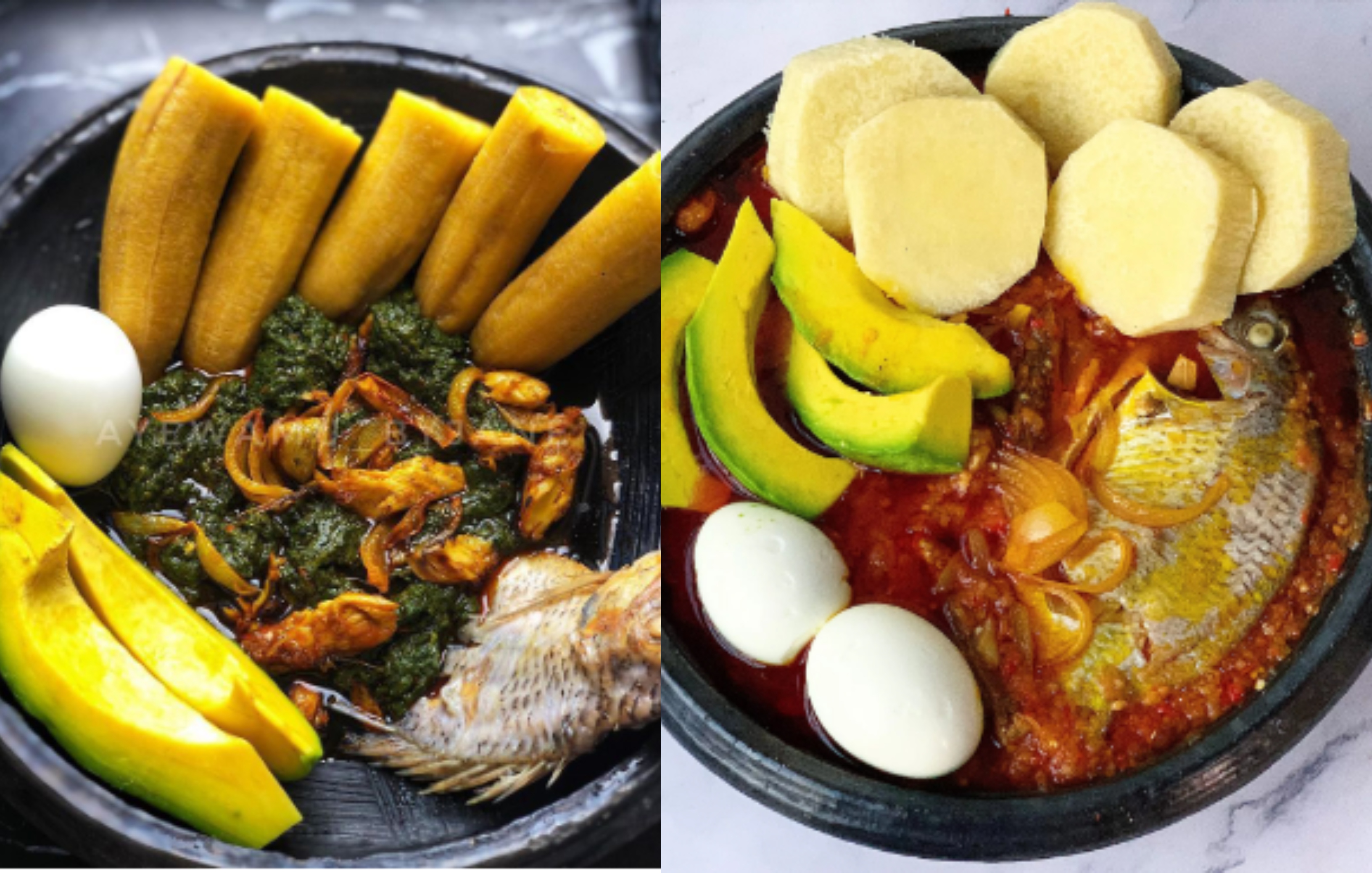
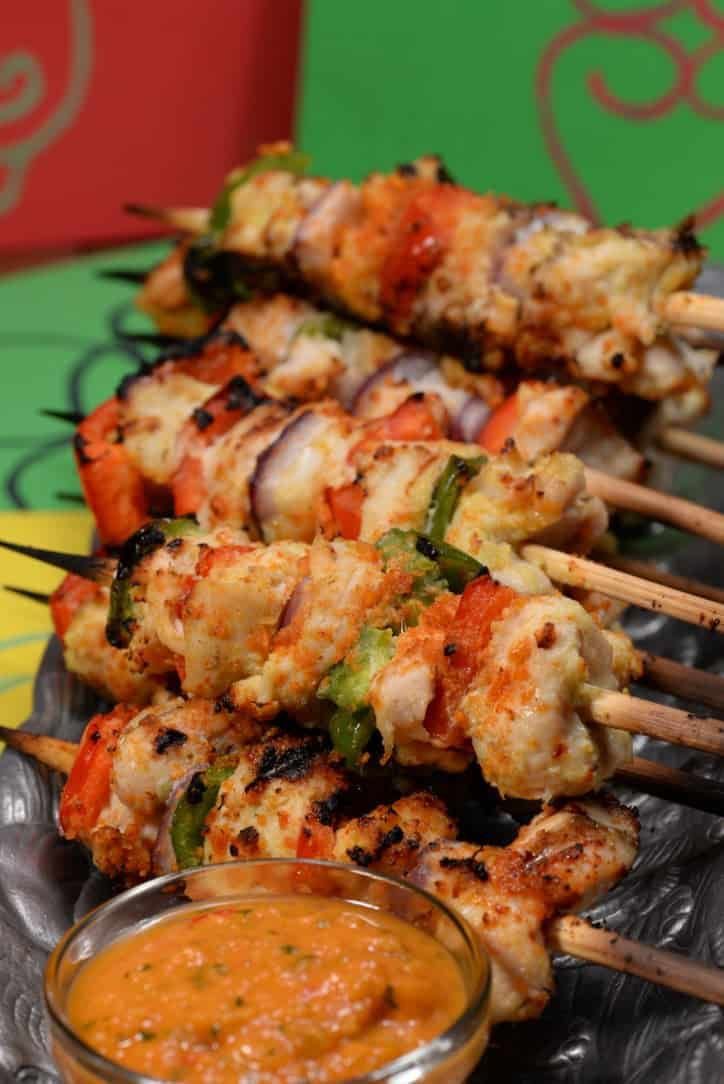
When visiting Ghana, one of the most memorable experiences you’ll have is tasting the country’s rich and diverse cuisine. Ghanaian food reflects a blend of indigenous ingredients and cooking techniques, passed down through generations and deeply intertwined with the culture of its people.
Whether you are dining in a local restaurant or enjoying street food, the flavours of Ghana are bound to leave a lasting impression.
Here is a guide to some of the must-try Ghanaian dishes for anyone visiting the country:
1. Jollof Rice: The Pride of West Africa
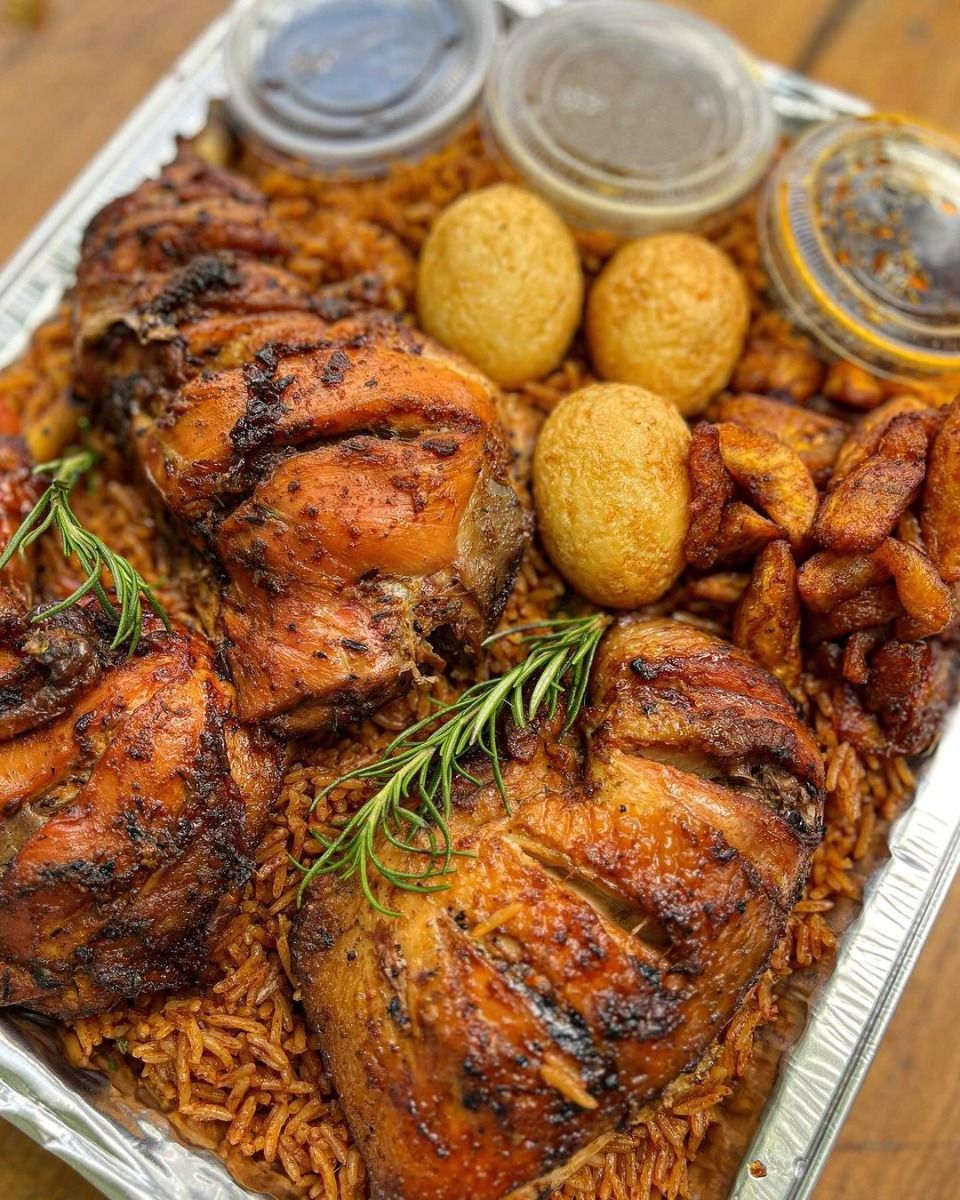
One of the most iconic dishes not just in Ghana but across West Africa is jollof rice.This one-pot rice dish is cooked with tomatoes, onions, and a blend of spices that give it a deep, rich flavour and vibrant colour. Jollof rice is often served with fried chicken, fish, or beef and can be found at parties, restaurants, and street vendors across the country. The great jollof wars debate over which country makes the best jollof is ongoing, but Ghanaian jollof holds a special place in the hearts of locals and visitors alike.
2. Fufu with Soup: A West African Staple
Fufu is a beloved starchy dish across many West African nations, and in Ghana, it takes centre stage. It’s made by pounding boiled cassava, yam, or plantain until smooth and dough-like, and it’s traditionally served with a variety of soups.

Popular soups include light soup (a light tomato-based broth), groundnut soup (made with peanuts), and hearty palm nut soup. Eating fufu is a cultural experience, as it is typically eaten with your hands and enjoyed across different regions of Ghana.
3. Waakye: The Perfect Comfort Food
Waakye is a dish that brings together rice and beans, often cooked with dried millet leaves to give the dish its signature reddish-brown colour.

Waakye is a versatile meal with a range of accompaniments, such as fried plantains, spaghetti, boiled eggs, meat, and the iconic Ghanaian shito (black pepper sauce). This dish is popular in the mornings, served by vendors nationwide, and can be customised to suit your taste.
4.Kelewele: A Snack for All Times
For a quick and tasty snack, kelewele is a must-try. This spicy fried plantain dish is seasoned with a delicious mix of ginger, garlic, and pepper before being fried to perfection.
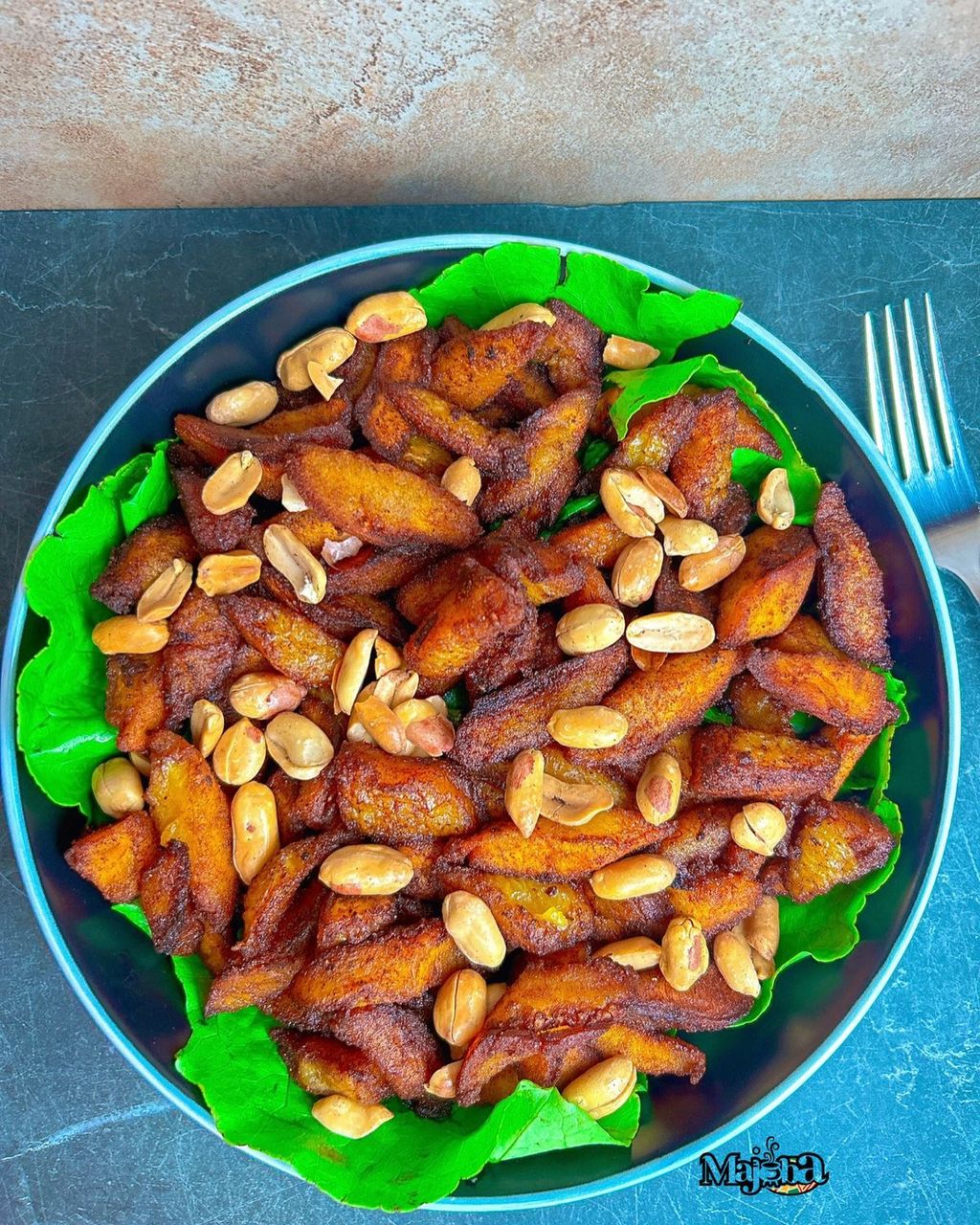
Kelewele can be found at street food stalls and is often served with roasted peanuts. The contrast of sweet plantains and spicy seasoning makes it an unforgettable experience for anyone who loves street food.
5. Banku and Tilapia: A Coastal Favourite
In Ghana’s coastal areas, banku and grilled tilapia is a beloved meal. Banku is a fermented dough made from maize and cassava, giving it a tangy flavour and smooth texture.
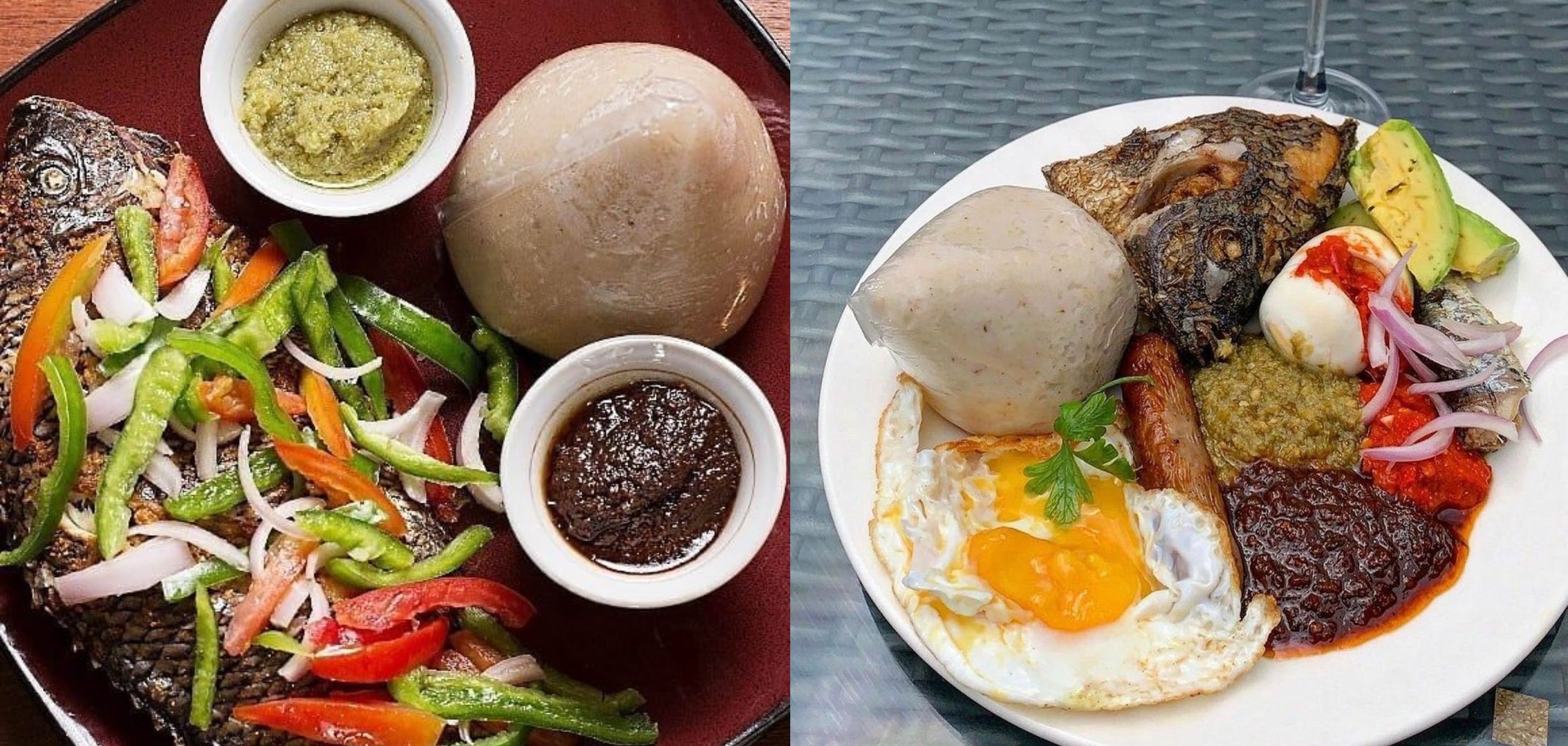
It is typically served with fresh grilled tilapia and a spicy pepper sauce, making it a favourite among locals and visitors alike. The dish is commonly eaten with your hands, using the banku to scoop up fish and sauce for a complete bite.
6. Kenkey, ''Komi'' and Fish: Traditional and Filling
Kenkey is similar to banku but firmer in texture and wrapped in maize husks before being steamed.
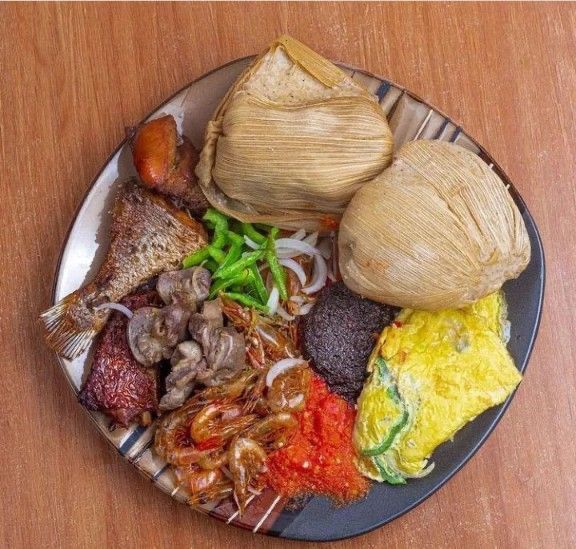
It has a slightly sour taste and is traditionally served with fried or grilled fish, along with pepper sauce and shito. This dish is a common street food, particularly in coastal cities such as Accra and Tema, and is a filling, satisfying meal.
7. Red Red: The Vegan Delight
Red red is a dish that offers comfort and nutrition. It is commonly known among Ghanaians as Gob3. It consists of black-eyed peas cooked in palm oil (giving it its red hue) and is often served with fried plantains.
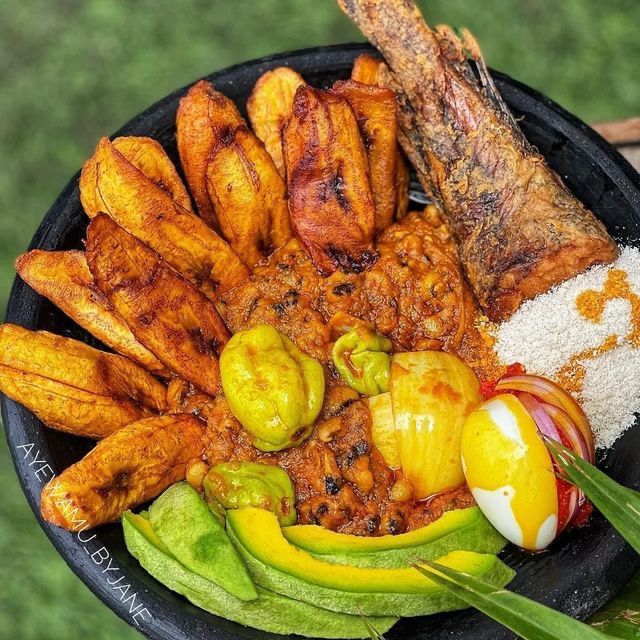
This dish is a favourite among vegetarians and vegans but can also be served with meat or gari (cassava flakes). The combination of plantains and beans makes it both hearty and delicious.
8. Tuo Zaafi (TZ): A Northern Delicacy
Tuo zaafi, often called TZ, originates from northern Ghana and is a thick porridge made from maize or millet flour.
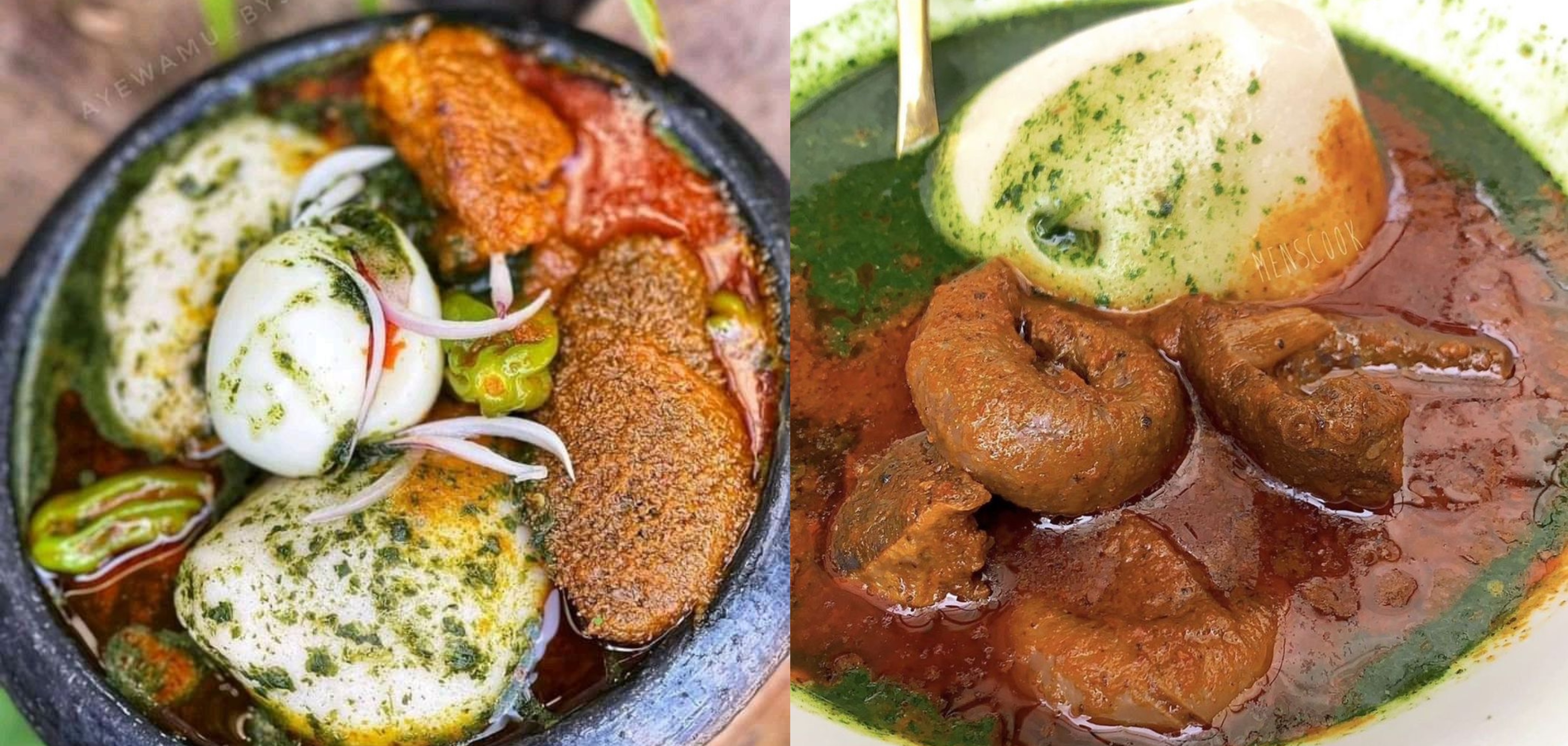
It is traditionally served with soups like ayoyo (a green leafy soup) or groundnut soup. TZ is a common meal in the north but is enjoyed nationwide for its smooth texture and flavourful soups.
9. Braised Rice ''Angwamo''
Angwamo, or braised rice, is a cherished Ghanaian dish made by sautéing rice with ingredients such as onions, tomatoes, and spices before cooking it in broth or water.
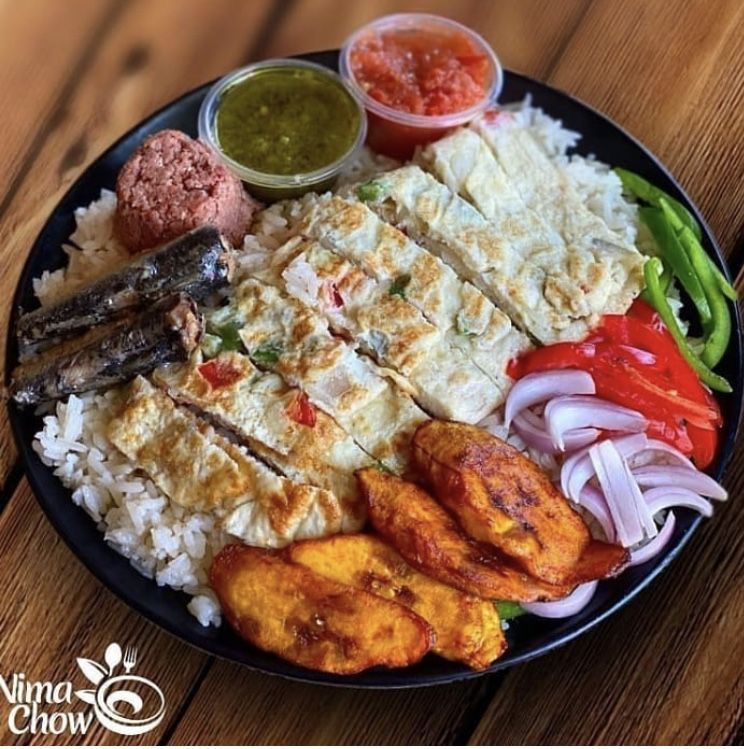
This method allows the rice to absorb rich flavours, resulting in a fragrant and hearty meal. Angwamo is often served with meats, vegetables, or stews, making it versatile for any occasion. Its comforting taste and filling nature make it a favourite in many Ghanaian households, enjoyed at family gatherings and celebrations.
10. Kokonte: ‘Face the Wall
Known colloquially as ‘face the wall’ and Abeti3, kokonte is a dish made from dried cassava flour.
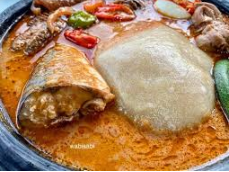
The name reflects the dish’s simplicity, but it’s a favourite for many Ghanaians, particularly when served with flavourful soups like groundnut soup or light soup. Kokonte is usually eaten with the hands, much like fufu and banku, and its earthy taste pairs well with rich, spicy soups.
11. Akple with Aborbi Tadi or Okro Soup: A Volta Region Speciality
From Ghana’s Volta Region comes akple, a greyish starchy dish made from maize flour.
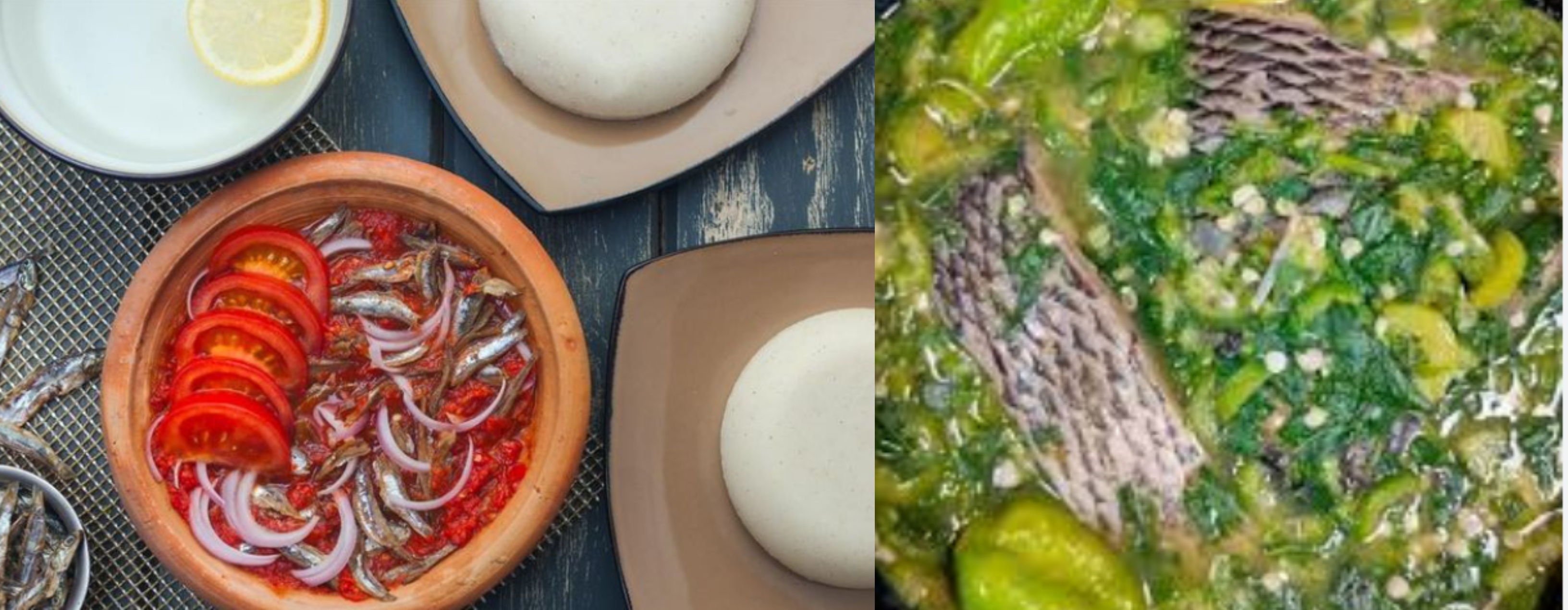
It is traditionally eaten with aborbi tadi (a mixture of ground pepper, tomatoes, sliced onions, and roasted anchovies) or okro soup combined with a variety of fish. The soup is rich, spicy, and pairs beautifully with the smooth texture of the akple, offering an authentic taste of the Volta Region’s culinary heritage.
12.Ampesi
Ampesi is a traditional Ghanaian dish made from boiled starchy vegetables such as plantain, yam, or cassava. It is typically served with a variety of richly spiced stews, such as kontomire (cocoyam leaf) stew or palava sauce, which enhance its flavours.

This simple yet hearty meal is popular throughout Ghana and is known for being both nutritious and filling. Ampesi reflects the agricultural lifestyle of the region, utilising local ingredients to create comforting and satisfying dishes that are often enjoyed for breakfast, lunch, or dinner.
The Essence of Ghanaian Cuisine
Ghanaian cuisine is as rich and diverse as the country itself. Each dish tells a story of the people who make it, their history, and their culture. Whether you're enjoying a plate of jollof rice at a party or savouring the spicy heat of kelewele from a street vendor, every bite is a chance to experience Ghana’s vibrant food culture.
If you're visiting Ghana, take the opportunity to explore the local cuisine. These dishes will not only satisfy your taste buds but also offer a deep connection to the country's traditions and way of life.
Read Full Story













Facebook
Twitter
Pinterest
Instagram
Google+
YouTube
LinkedIn
RSS